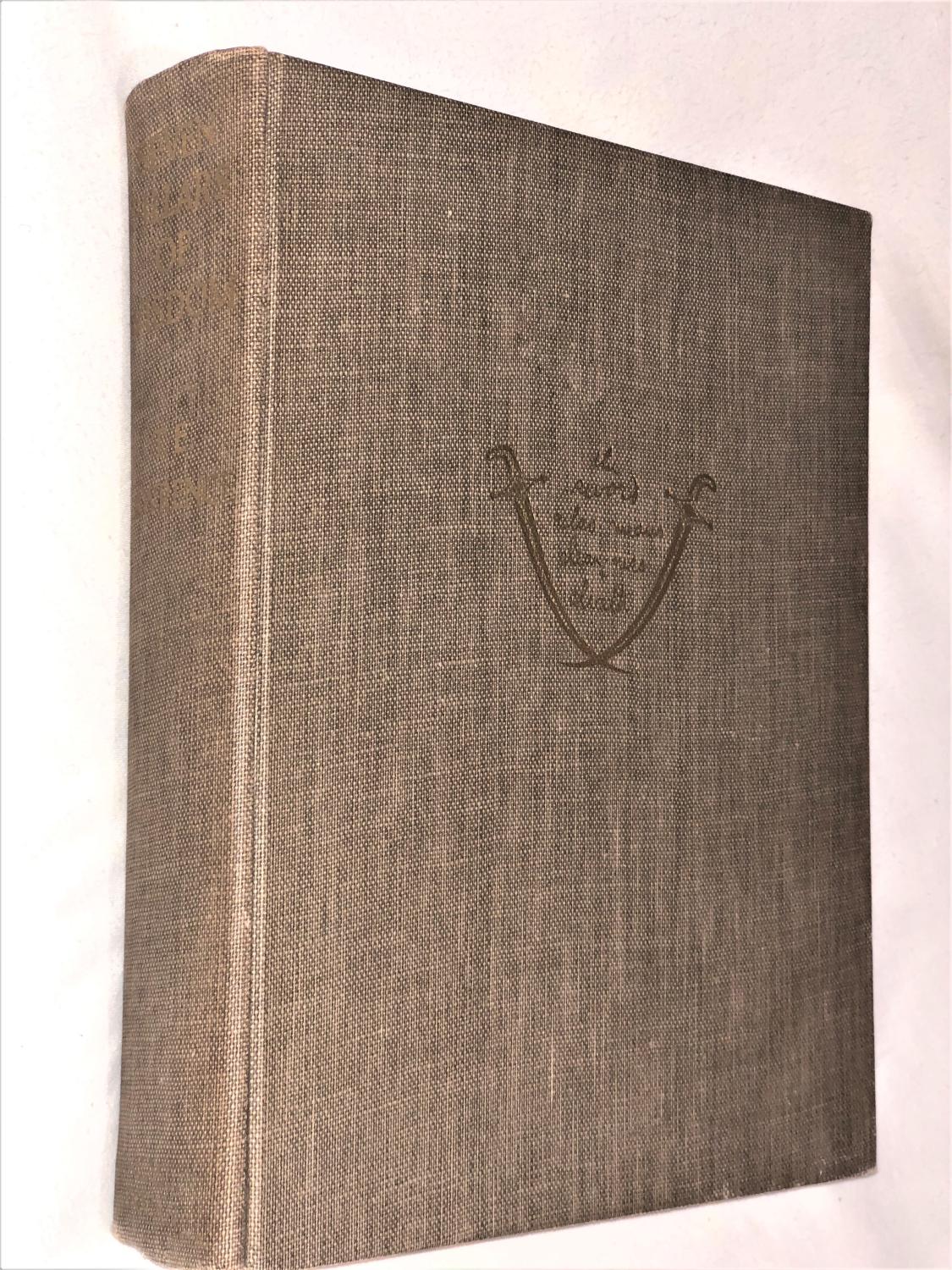

It was completed in February 1922, but first published in December 1926. Lawrence ('Lawrence of Arabia') while serving as a military advisor to Bedouin forces during the Arab Revolt against the Ottoman Empire of 1916 to 1918. Soon nicknamed “Prince Dynamite,” Lawrence showed himself to be - in the words of military historian B.H. Seven Pillars of Wisdom is the autobiographical account of the experiences of British Army Colonel T.

Highly mobile fighters on camelback, he argued, could strike the enemy unexpectedly, then quickly disappear into the desert they knew so well. Surprisingly, the young Oxford graduate, not yet 30, first earned the trust of Feisal, then persuaded the Bedouins to adopt hit-and-run battle tactics. Because Lawrence had spent time on archaeological digs and could speak Arabic, he was commissioned as a liaison between the British army and the ragtag rebel forces. With its richly detailed evocation of the land and the people Lawrence passionately believed in, its incisive portraits of key players, from Faisal ibn Hussein, the future Hashemite king of Syria and Iraq, to General Sir Edmund Allenby and other members of the British imperial forces, Seven Pillars of Wisdom is an indispensible primary. At roughly the same time, Sharif Hussein ibn Ali inaugurated an independence movement - largely spearheaded by two of his sons, Ali and Feisal - to break free of Turkish domination. During World War I, the Ottoman Empire allied itself with Germany, which led Great Britain to send troops to the Middle East. Seven Pillars of Wisdom is the autobiographical account of the experiences of British Army Colonel T. If you’ve seen David Lean’s breathtaking film “ Lawrence of Arabia,” you already know the overall arc of the narrative.


 0 kommentar(er)
0 kommentar(er)
